I am the type who takes pride in buying cheap clothes, mainly because it is cost-efficient. Also, I feel that it is reflective of a healthy ego that does not find the need to seek higher social standing through expensive clothes. But it turns out, clothes that cost less than a cup of Starbucks coffee come at a hefty price I am not willing to pay. A fashion exhibit called “Fast Fashion: The Dark Side of Fashion” opened my eyes to this reality.
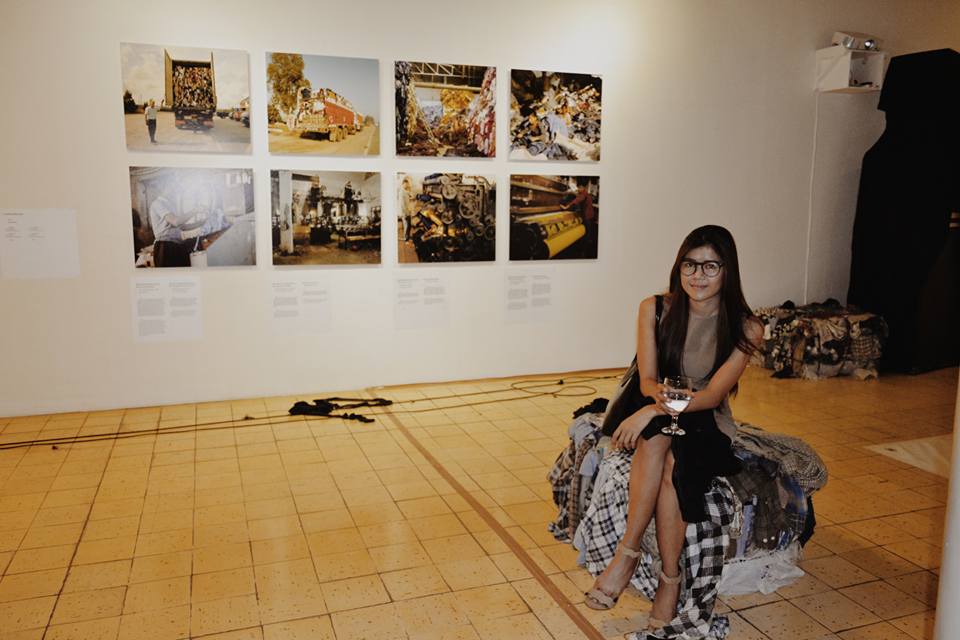
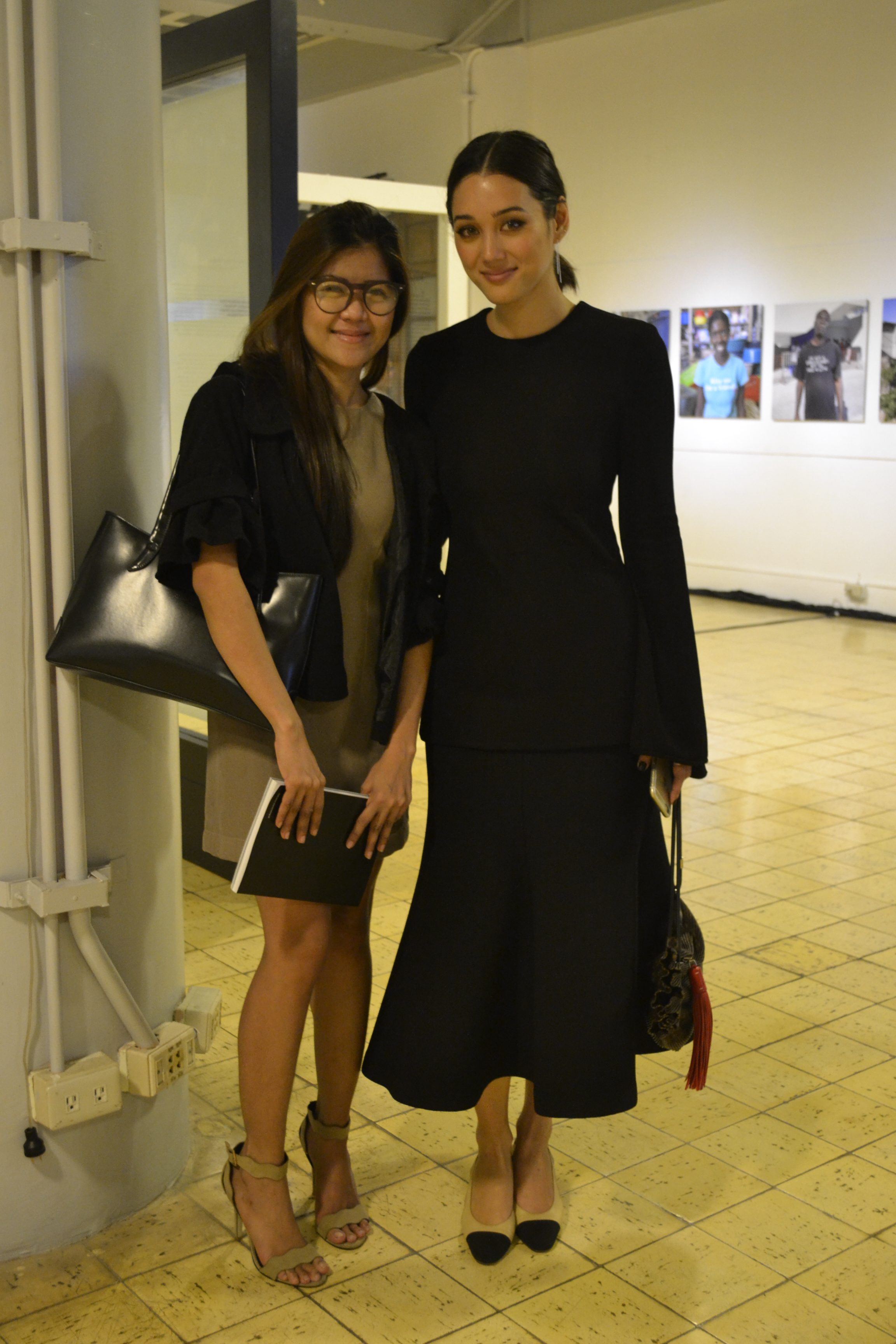
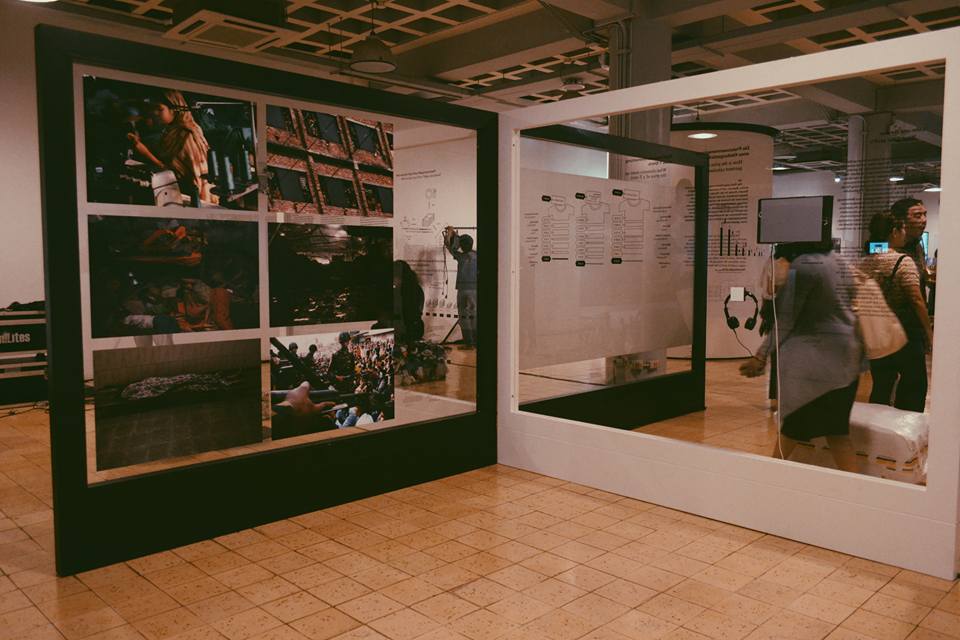
The Real Fashion Victims
Low-Wage Workers
You are probably familiar with the term ‘fashion victim’, and have encountered it in magazines and on television shows. A term coined by the internationally acclaimed designer Oscar de la Renta, fashion victim refers to people who always try to keep up with fashion trends, even to the point where they look ridiculous or inappropriately dressed. As distasteful as fashion victims may be, there are real fashion “victims” who undoubtedly deserve our attention – from the countless seamstresses working on the brink of exhaustion in sweatshops to the hundreds of workers who perished in collapsed substandard factory buildings.
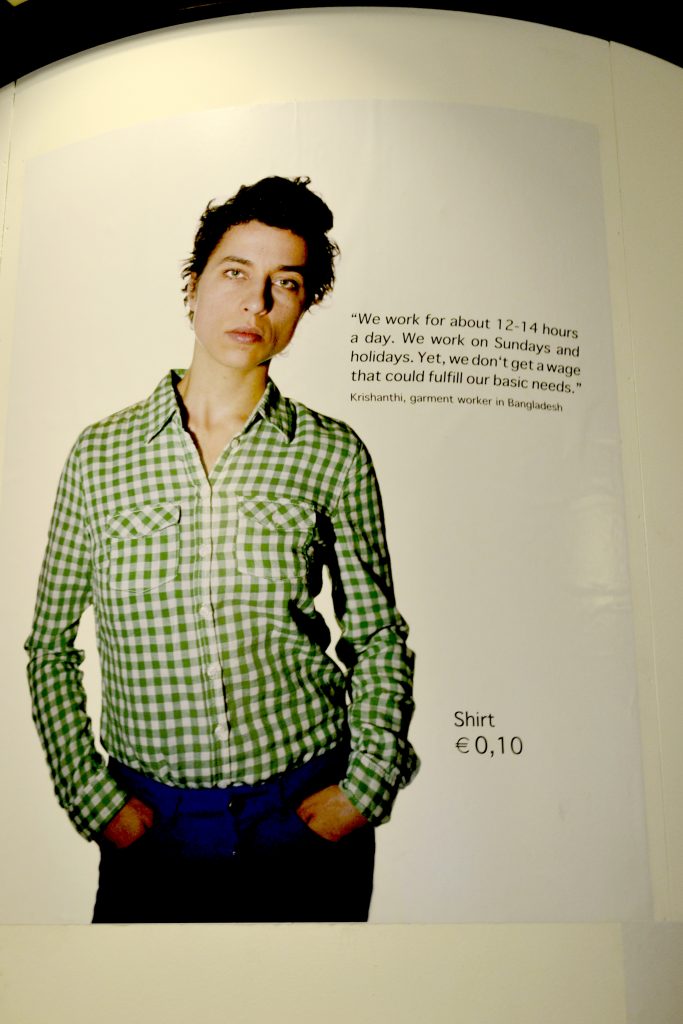
With insufficient protective measures in place, textile workers are exposed to the dangers of direct skin contact with toxic chemicals. Around seven thousand different chemicals are used in production and in the processing of clothing to achieve certain functional or aesthetic qualities, from wellness and outdoor wear to sandblasted jeans. The process of sandblasting, used to create a worn look on textile, exposes workers to fine silica sand. The fine dust can get deeply embedded in the lungs of textile workers, and can eventually lead to a serious illness called silicosis, where patients slowly suffocate.
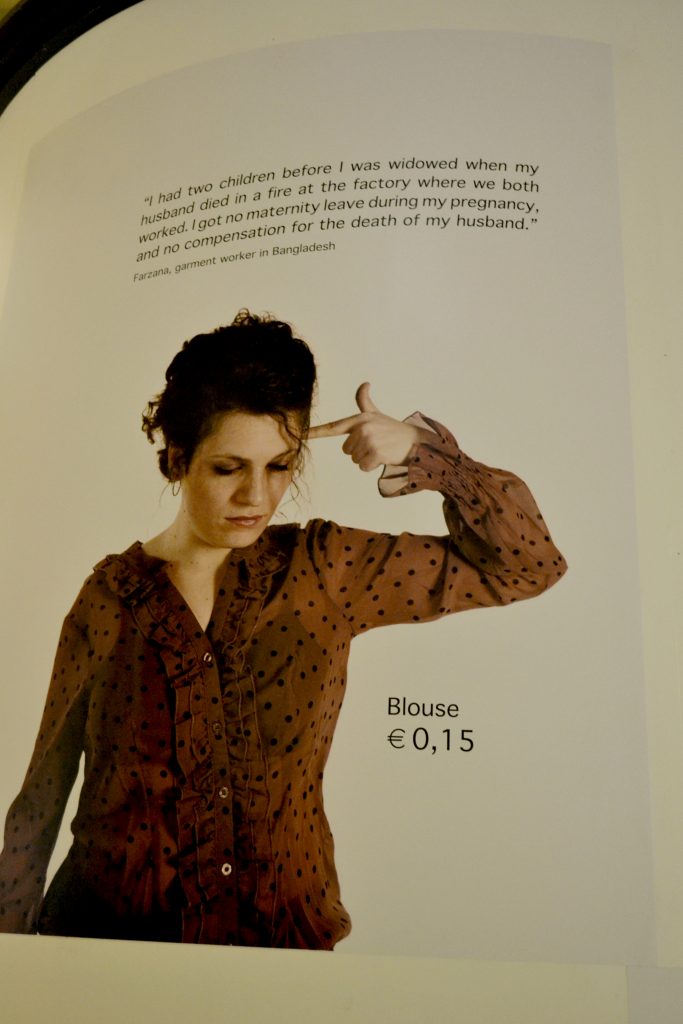
A rule pervades the clothing industry: must be cheap and quick. This industry trend has put improved working standards and fair pay to the backburner. Seamstresses are forced to work 10-16 hours per day to keep up with production goals, but have to live off a minimum wage that goes below subsistence levels. They get a starvation wage in addition to poor workplace safety standards, miserable living conditions, and a complete lack of work and health insurance, protection against dismissal and maternity leave.
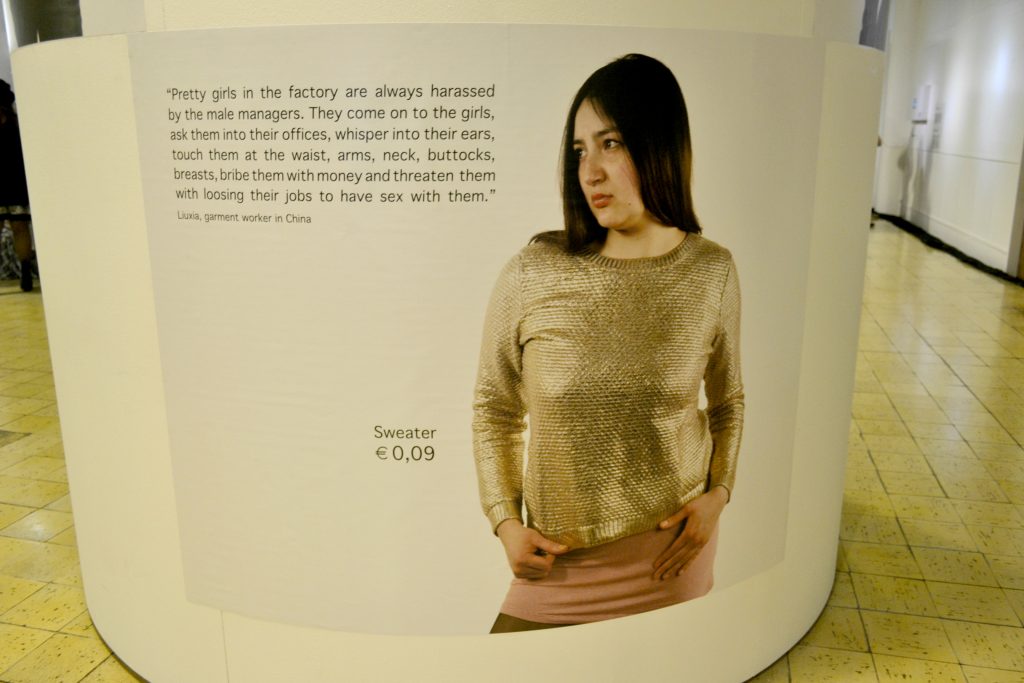
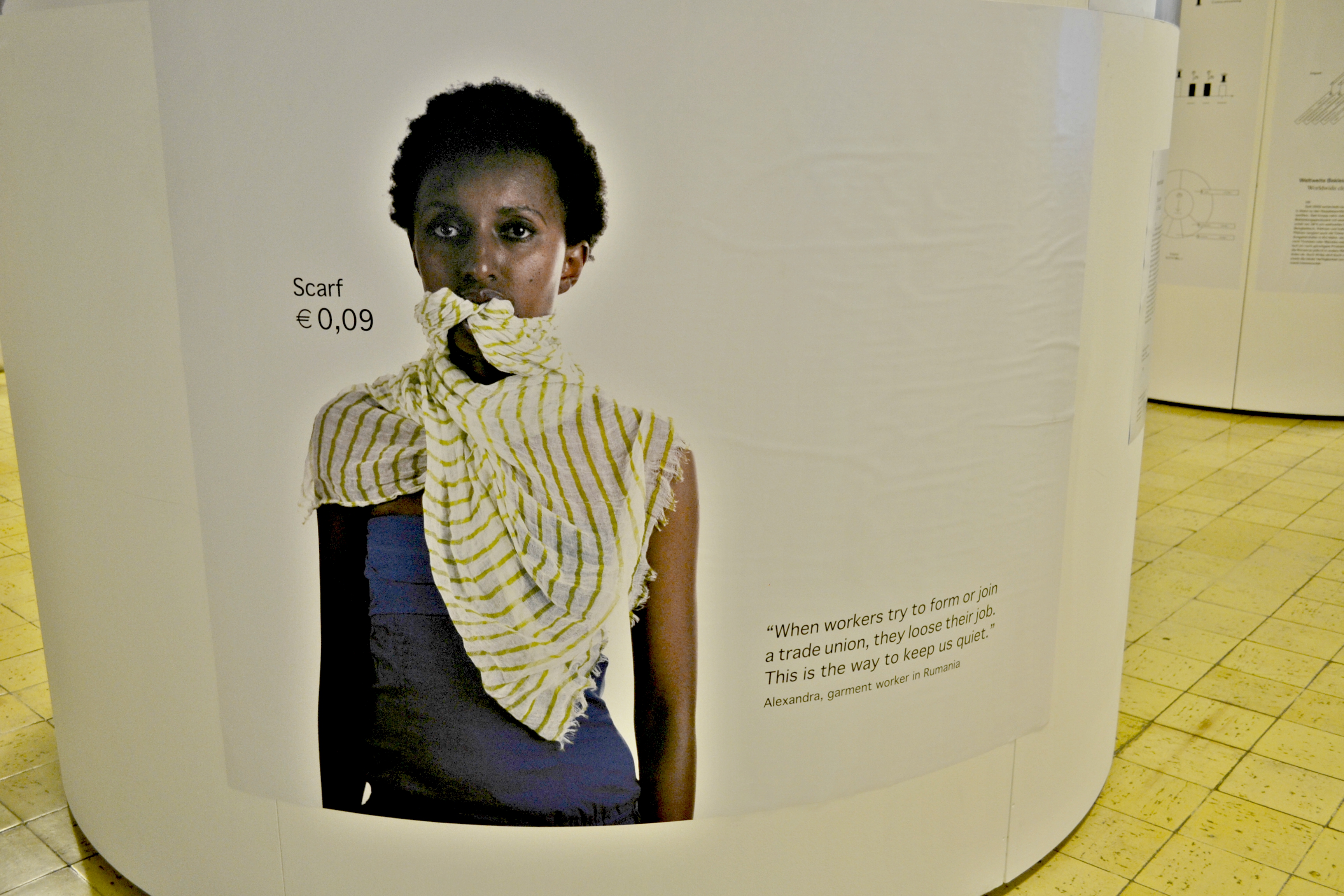
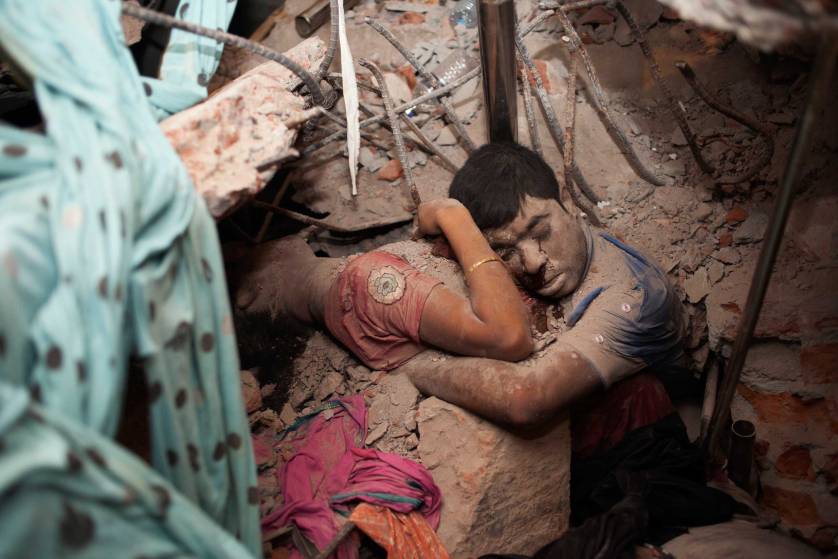
The Environment
The process of dyeing textiles contribute enormously to the pollution of rivers and lakes. The situation has become alarming in China, with 320 million of its inhabitants now without access to clean drinking water. During garment manufacturing, the consumption of material, energy and water, treatment of waste and sewage, and noise and dust emissions all contribute to the degradation of the environment.
To take advantage of cheap labor, 90% of clothing is produced in Asia, mainly in India, Bangladesh, and China. The use of dangerous chemicals is largely unregulated in these countries, resulting to the release of toxic effluent into rivers and lakes.
You
Along with personal hygiene products and food, clothing is among the consumer goods that come in closest contact with you, the consumer, as it is worn directly on the skin. The same chemicals that give the garment its desired look can also have direct impact on the wearer’s health and well-being. In Germany alone, 4000 of the registered cases at skin clinics each year can be traced back to allergies triggered by contact with clothing. Some garment dyes even release aromatic amines, which can be carcinogenic when beyond the set detection limit.
More than just your vulnerability to possible exposure to chemicals in fabrics, you may also be a ‘fashion victim’ in the true sense of the term. Oscar de la Renta used the term ‘fashion victim’ to refer to people who are vulnerable to faddishness and materialism. Fads refer to trends that are intense but short-lived. Materialism is the belief that the outward display of expensive products or copies of such products draw admiration from others that is in proportion to their actual or perceived cost. The term fashion victim essentially denotes insecurity and unnecessary social climbing, and has become the ultimate insult for aspiring fashionistas. Fashion victims are appropriately called ‘victims’ because they mindlessly follow the dictates of the fashion world, even if it means buying knockoffs and wearing something that does not look or feel right.
There is no other area in the consumer goods industry that is better at manipulating the psychology of consumers than the fashion world. Using ploys like celebrity seeding, which exposes people to the exciting world of stars or celebrities, they do a great job of creating new needs on a quick and regular basis, sometimes pushing people to the brink of shopping addiction.
Fast-fashion manufacturers lure customers through low-end pricing policy, a marketing ploy that appeals to people’s unconscious instincts. Cheaper prices feed an illusion of frugality that proves to be self-defeating, as the customer ends up buying more. Regular clearance-sale and end-of-season campaigns further incentivize buying. Fast fashion feeds off the celebrity culture by transforming ‘star outfits’ into cut-price versions. Rapid fashion cycles and low-price policy bolster shopping sprees, all while pushing textile workers into long hours of work to keep up with the demand.
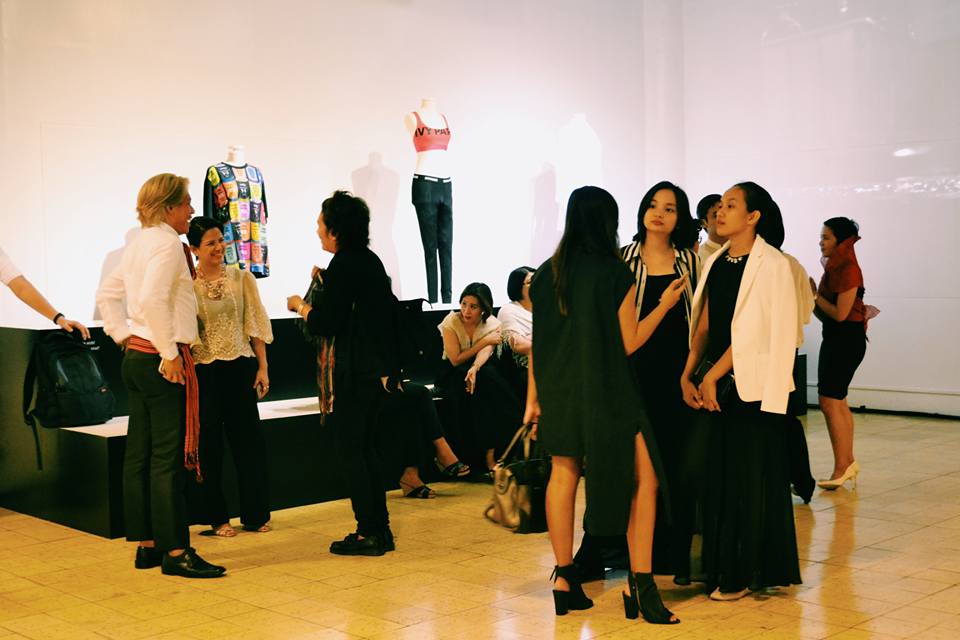
Fast Fashion Explained
The term Fast Fashion refers to a production and distribution system for fashion wear that is mass-produced and sold worldwide at low prices, and that is often copied from high-end designs. It is also associated with ‘acceleration’ in the globalization of mainstream and fashionable products, the use and discarding of clothes, and the manufacturing and retail (products can span the whole process, from design to delivery, in as short as two weeks!). Fast fashion occupies the lower end of the fashion hierarchy, below medium-priced ready-to-wear apparel, prèt-a-porter (highly fashionable and expensive ready-to-wear clothing designed by fashion designers and couturiers), and haute couture (luxury fashion products meticulously handmade for an elite clientele).
Fast fashion has bred a new type of rapid fashion consumer. It has achieved a status of economic success that has caught the attention of even high-end haute couture houses. But its financial success comes at the expense of social and ecological systems. The fast fashion industry’s impact on ecological balance is dismal, and it is one of the sectors responsible for below-subsistence-level wages and disastrous working conditions.
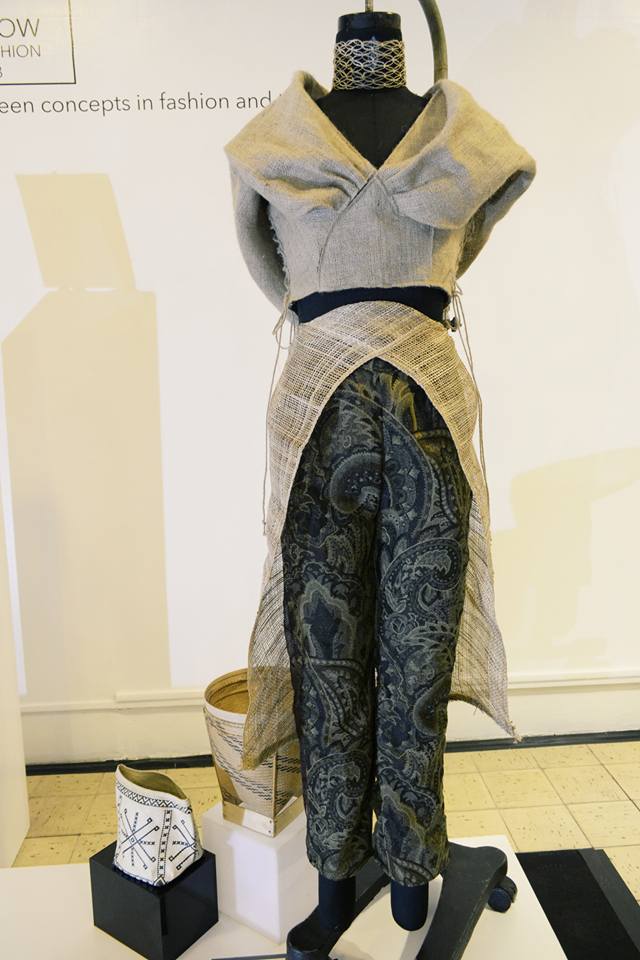
The Slow Fashion Movement
Offering a counter-model to fast fashion, soft fashion stands for responsible and sustainable fashion. The slow fashion movement denotes change towards taking more responsibility and having more respect for people and the environment. It entails increased awareness of consumer behavior and of products and their origins. The movement aims for deceleration, toward the direction of fair trade, sustainable clothing production, environmentally friendly selection of raw materials, high-quality processing, and the conscious use and durability of clothing.
Following the example of other ‘slow’ movements such as the so-called ‘slow food’, the slow fashion movement favors products that originate in specific regions and that have short production chains. The individual stages of the production process are transparent, from fibre cultivation to fabric finishing. Chemicals are also avoided where possible, emphasizing resource-conserving technologies and the development of new sustainable materials. Slow fashion may include organic and recycled materials, as well as reused clothing.
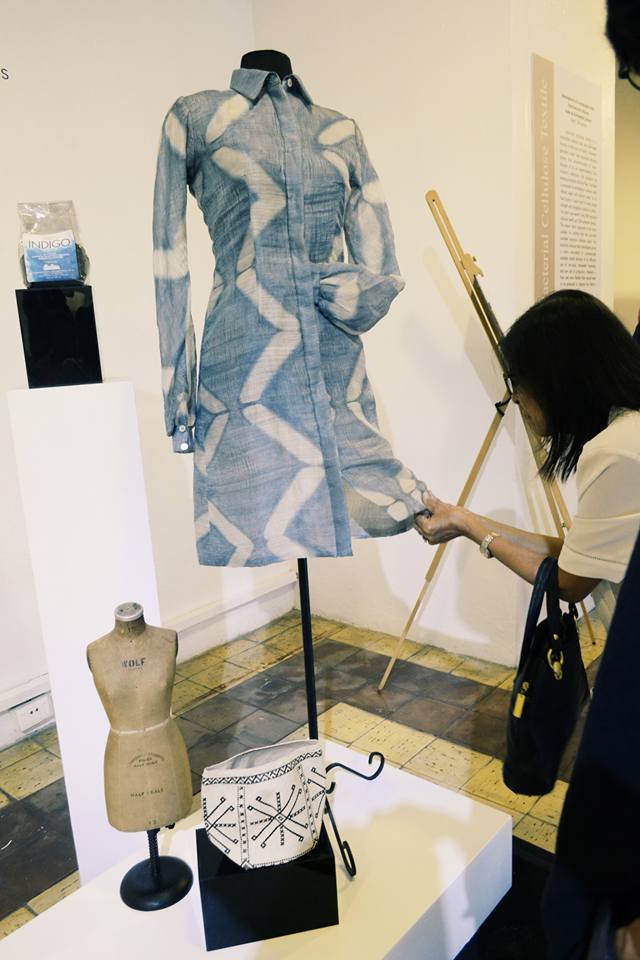
The Exhibition
Called “Fast Fashion: The Dark Side of Fashion”, the exhibition provides visitors with the opportunity to take a critical look at the textile industry, offering a discerning and comprehensive examination of the clothing industry and its ecological and socio-economic impact. It offers an understanding of the global triangle of consumerism, ecology and economy from the perspectives of poverty and affluence, fashion and victims, wages and profits, global and local, clothing and ecological balance.
The exhibition also features a Slow Fashion laboratory, providing examples of sustainable fashion. Visitors get the chance to gain insights into ethically justifiable clothing and the consumer’s ability to exert influence through purchasing decisions.
A scenography provides an easily comprehensible visual presentation that takes the visitor through the whole consumption process, featuring a catwalk, billboard and photo studio, and shop window.
The exhibition was brought to the Philippines through the initiative of the Goethe-Institut, Germany’s official cultural institute, particularly by their counterparts in the Philippines. The exhibition’s primary sponsor was Goethe Institute Philippinen. It was held at the Bulwagan ng Dangal, University of the Philippines.
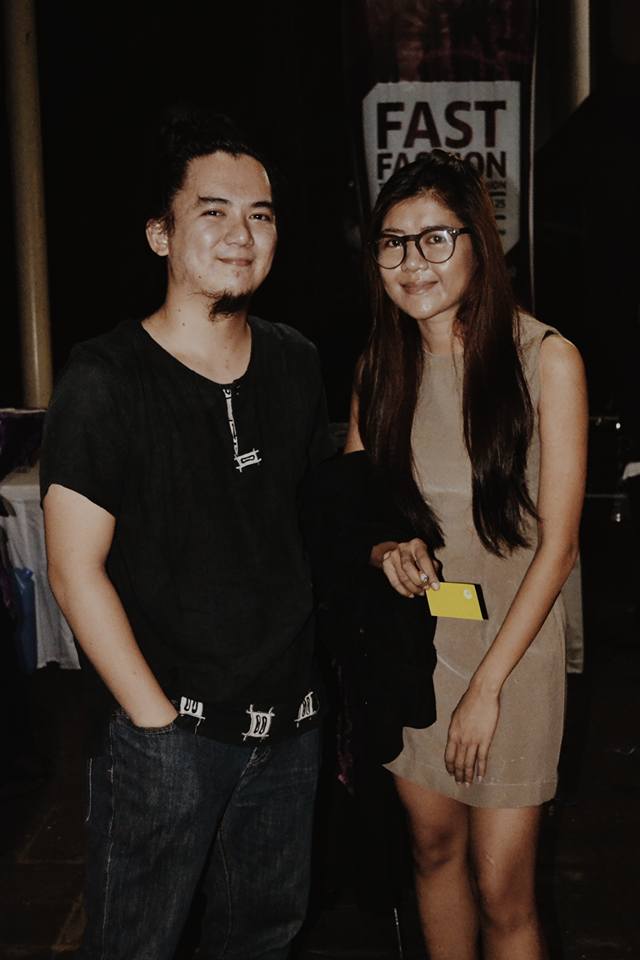
Your Role
So what is your role in all this? The answer is not very simple. For one, identifying which products are sustainably produced is not easy to do, mostly because expensive clothing can be just as suspect as clothes that cost much less than a cup of coffee. Plus, labels hardly tell the whole story in terms of where they come from and what chemicals were used in the fabric. Brands don’t tell the whole story either. Even Beyonce, a trusted name, was once accused of having her own clothing line produced in Sri Lankan sweatshops. Moreover, the whole issue falls into the triangle of responsibility between companies, governmental bodies and the consumers. Also, the solution is not as simple as boycotting companies that outsource production to poorer countries, as the textile industry provides unskilled workers with access to work and wages. Working conditions in the textile industry may be dismal for these people, but the absence of which would leave them with even worse alternatives.
Over the past century, the clothing industry has changed from one that was focused on single-unit customized production and craftsmanship into today’s mass production with contractually fixed prices and standardized sizes, marketed globally while designed in one country and produced in another. The slow fashion movement calls for a paradigm shift that takes into account new requirements for innovation, quality, beauty, and culture. Quality here covers the product and its material, how it is produced, its functional properties, and its cultural character and aesthetic appeal. The criteria are measured primarily by human and environmental dimensions, not by financial profit alone. It is important that we subscribe to such a movement. The move toward ‘clean eating’ is increasingly becoming mainstream. It is time that we gain the same level of social and health consciousness in our choice of clothing. Also, it is important that we use our purchasing power and our voice made increasingly louder and more important by social media channels.
In the early 1990’s, reports surfaced about factory workers in Indonesia being paid less than minimum wage by a Nike subcontractor. Abuses under another Nike subcontractor, this time in Vietnam, also surfaced. Women who failed to wear regulation shoes were forced to run outside until they collapsed from exhaustion. In response to the relentless bad press and boycotts, Nike created the Fair Labor Association, a nonprofit group that brings labor representatives and companies together to establish a code of conduct and independent factory auditors. Avoiding PR disasters is a powerful incentive for companies to invest in factory safety. Such is the power of consumers.
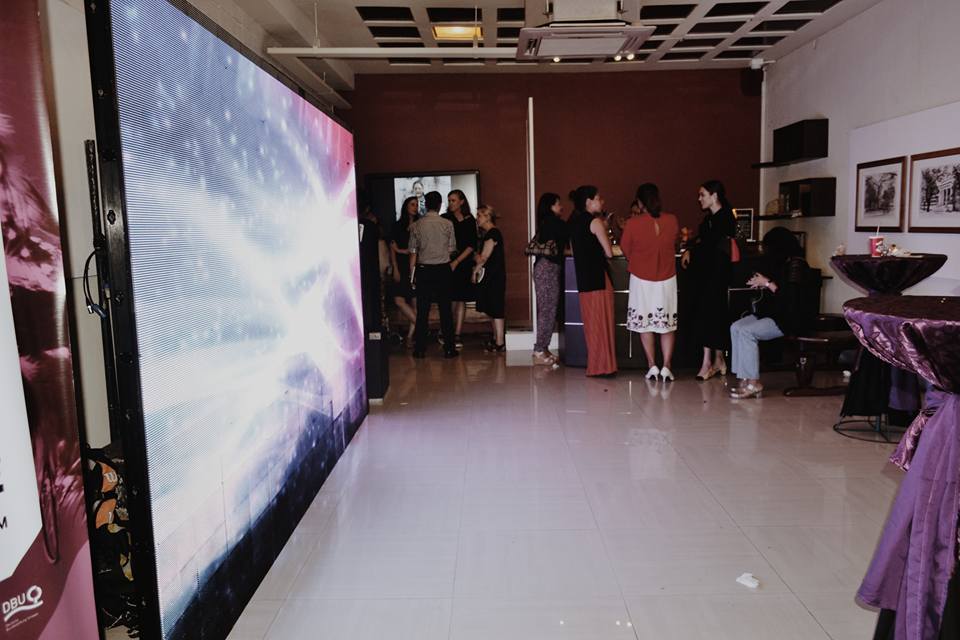
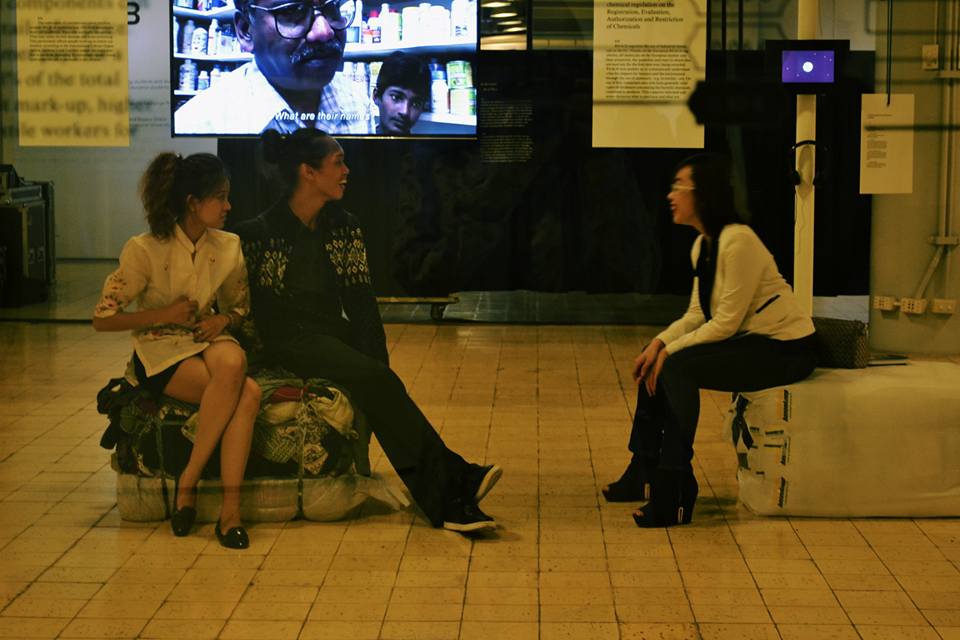
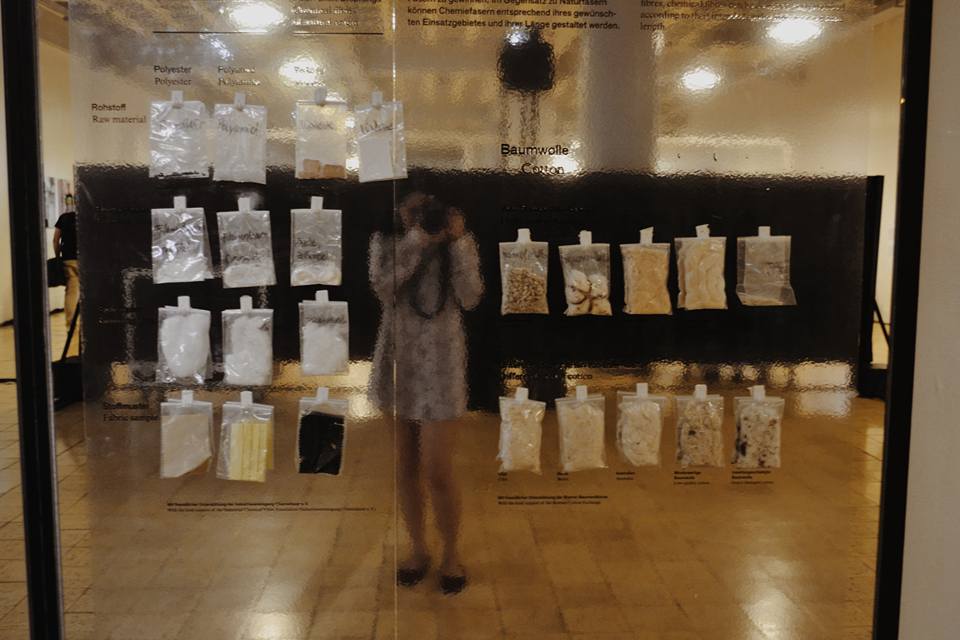
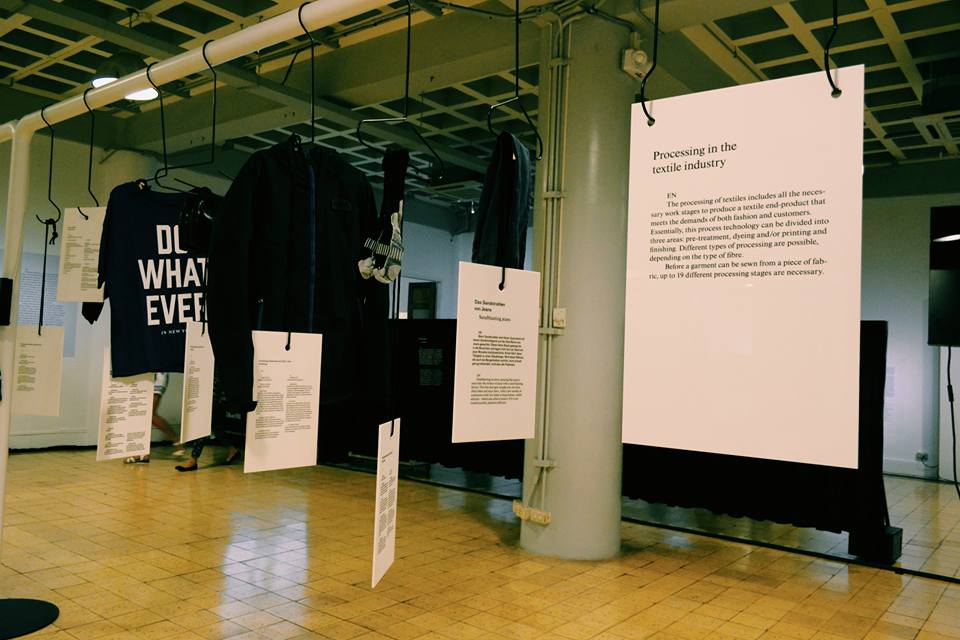
![]() Connect with Urban Ponder! You will find a Facebook like button on this page. Scroll down if you’re on mobile or look to the right of the screen if you’re on PC/laptop. Awesome deals and informative articles await you. Don’t forget to share this! 🙂
Connect with Urban Ponder! You will find a Facebook like button on this page. Scroll down if you’re on mobile or look to the right of the screen if you’re on PC/laptop. Awesome deals and informative articles await you. Don’t forget to share this! 🙂
Author: Tahna de Veyra
Voracious eater. Coffee dependent. Book sniffer. Music addict. Profound thinker. Certified ambivert. Life-hungry maverick. Nonchalant realist. Hesitant blogger.

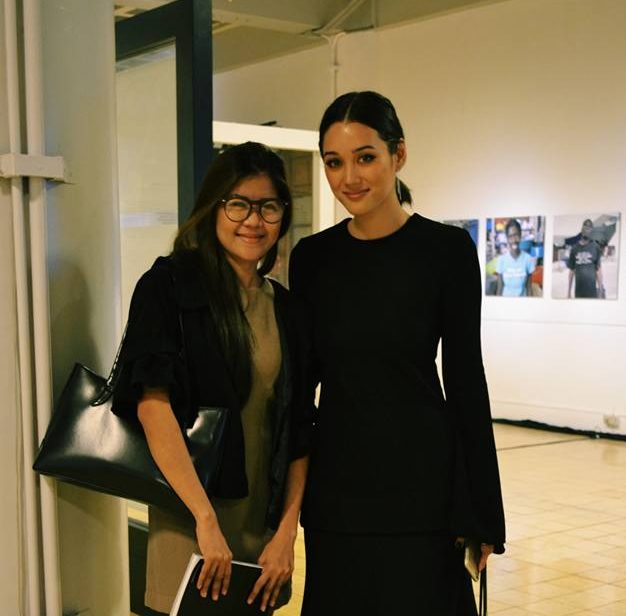
Great read. It’s overwhelming to see awareness on this level!
xx
Oh Wow. I had never heard of term fast fashion before. Those conditions and how people are treated sure are inhuman and horrible. I prefer high-quality clothes (not the cheapest ones in market) but I could be more aware of where and how the clothes are done. Thank you for sharing your thoughts and all the examples.
Oh wow, this was a total eye-opener! Wonderful read & super in-depth. 🙂
We should definitely be more aware of our consuming & how the things we buy are made and which conditions.
What a great post! True eye opener. Thank you for writing this. Keep up the good work.
Wow wonderful post! 🙂 Thanks for sharing 😀
Great post, thanks for sharing
this is such a great article it really shows the dark side of fashion, things that people don’t usually think about when purchasing clothes 😐
Reading this encourage me even more to make my slow fashion goal this year happen. I have stopped buying clothes since July last year and making my own instead. I am also designing my own fabric to make clothing. Yes for fairtrade and slow fashion!!!
Interesting article with lots of added values. Thanks for sharing. 🙂
This is a very interesting post. Although, at least in Europe, we heard a lot about the horrible work conditions in fashion is good to remember. But it’s difficult to know which brand we can really trust. As you said, not only cheap brands participate on this. Even Angelina Jolie one wore a white tuxedo from Dolce&Gabbana, that was made in terrible work conditions in south Italy…
This is definitely something I struggle with! I’ve been trying to be more conscious about where I get my clothes from now, even if it’s more expensive.
If you’ve not already you should today check out the film “The True Cost” it’s similar to this exhibition. So eye opening!
In truth, I’m not really a fashion aficionado, but I do really appreciate your angle on this. Thanks!
I appreciate a lot for your precious time in writing this post.
This is something enlightening!
I remember hearing about the Nike fiasco. This is a very informative post on a serious subject that more people need to be aware of. Thank you for this post.
Great post. Thanks for writing:)
Nice post
Enlightening post, thank you for sharing
Great input !